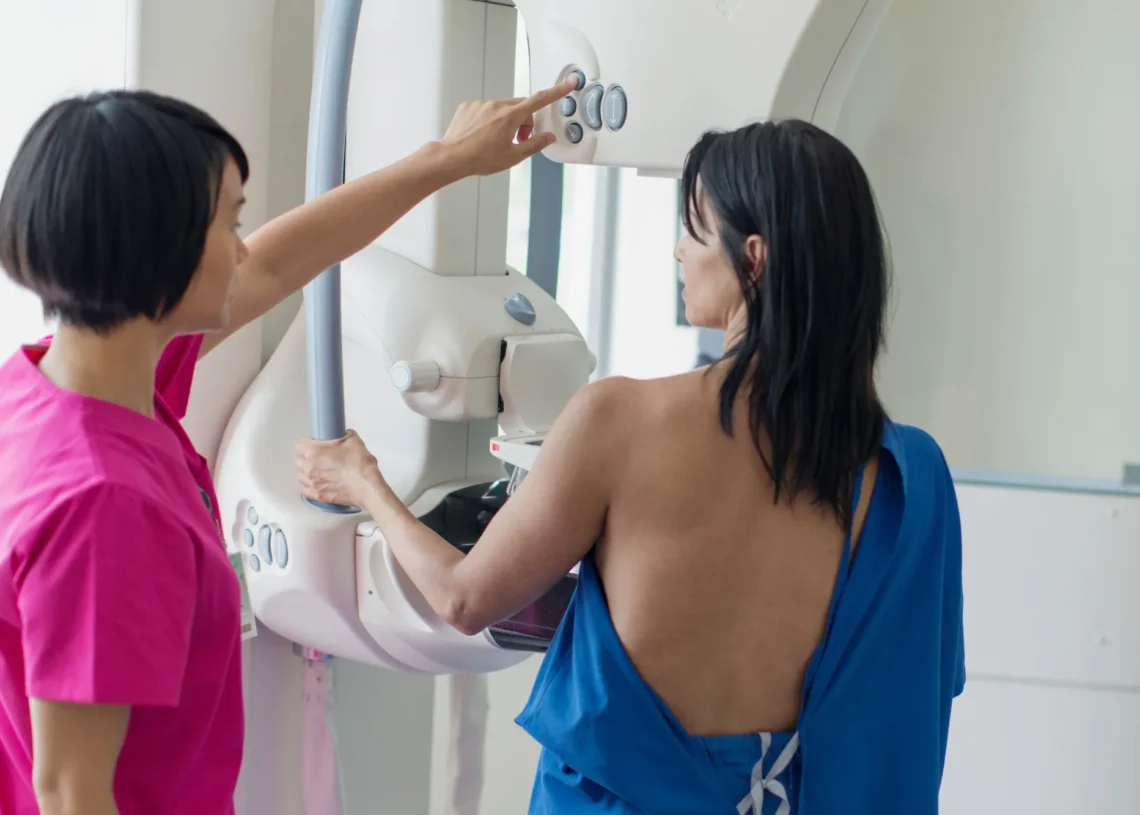“You have breast cancer.”
Four little words that can shatter a lifetime’s worth of plans, hopes, and dreams. When I received the call, I was two weeks shy of starting my dream job, preparing for my son’s kindergarten graduation, and looking forward to warm summer weather.
Cancer was not part of the plan.
In true big sister fashion, my sister insisted, “It should be me. Not my baby sister.” But I disagreed. It’s natural to ask, “Why me?” after a diagnosis, but my sister’s reaction offered the gift of a reframe, “Why not me?”
After all, I was privileged in nearly every way that might impact cancer outcomes. Unlike far too many Asian American and Pacific Islanders (AAPI), other people of color, immigrants, and those with low incomes, I had the resources I needed to focus on my health. If there is such a thing as a perfect candidate for a cancer diagnosis destined for favorable outcomes, I fit the bill. From supportive employment and generous paid leave to robust health insurance and the ability to cover out-of-pocket costs, I had a safety net. Many Asian American women in my position do not have those same supports.
This isn’t a small group. Breast cancer rates among Asian American women under 50 have surged by 50 percent since 2012. It’s a shocking increase, and while the exact causes are still unknown, we do know that early detection and diagnosis can significantly improve survival rates. Yet AAPI women collectively have some of the lowest breast cancer screening rates of any demographic.
For a host of reasons, preventive and routine health care is not a cultural norm for many Asian cultures, a reality I know well. I was raised to believe that you only go to the doctor when you are sick – very, very sick (think: broken bones or uncontrollable bleeding). My parents had far too much on their plates than to seek health care before any of us were even sick.
Maybe younger women are starting to move away from this. But breast cancer rates…
Read the full article here





